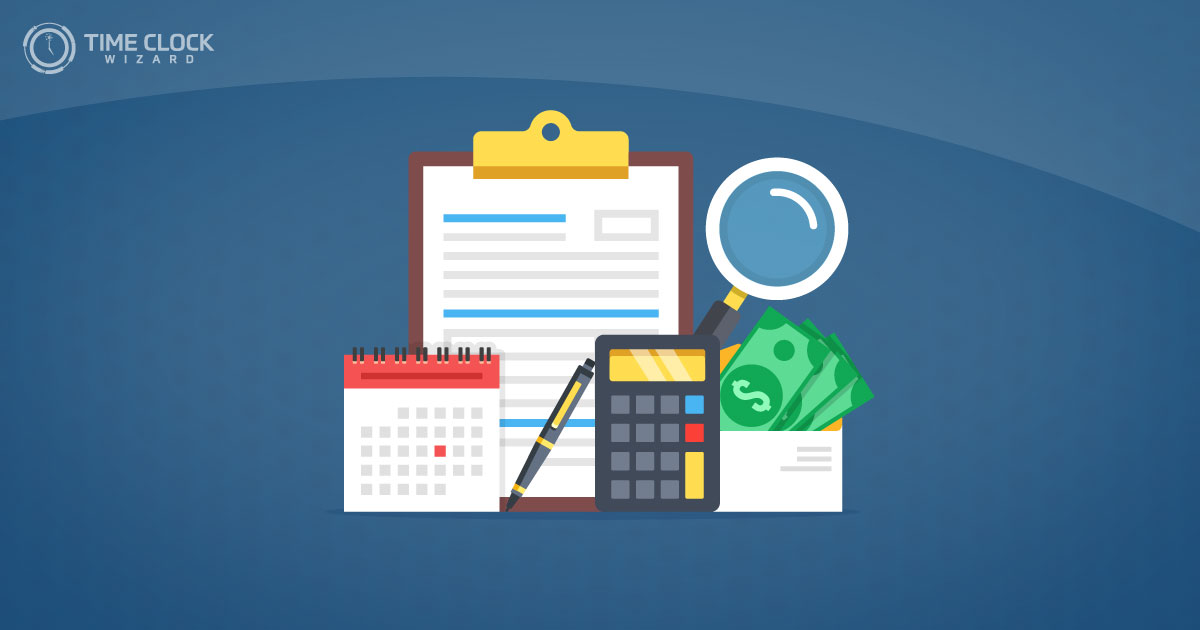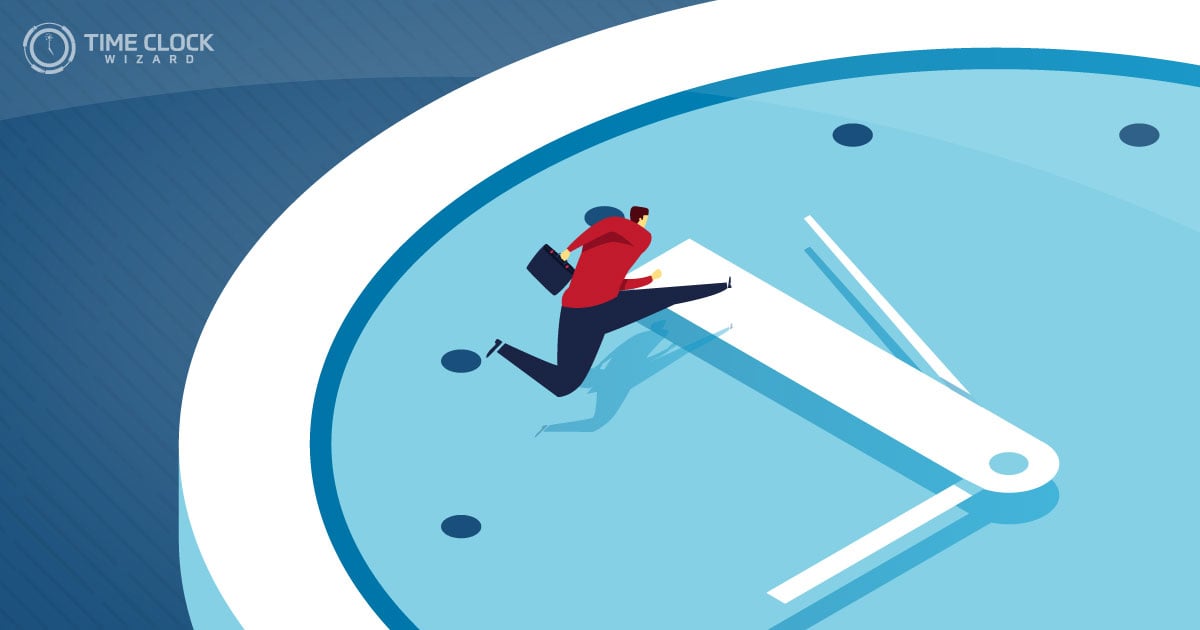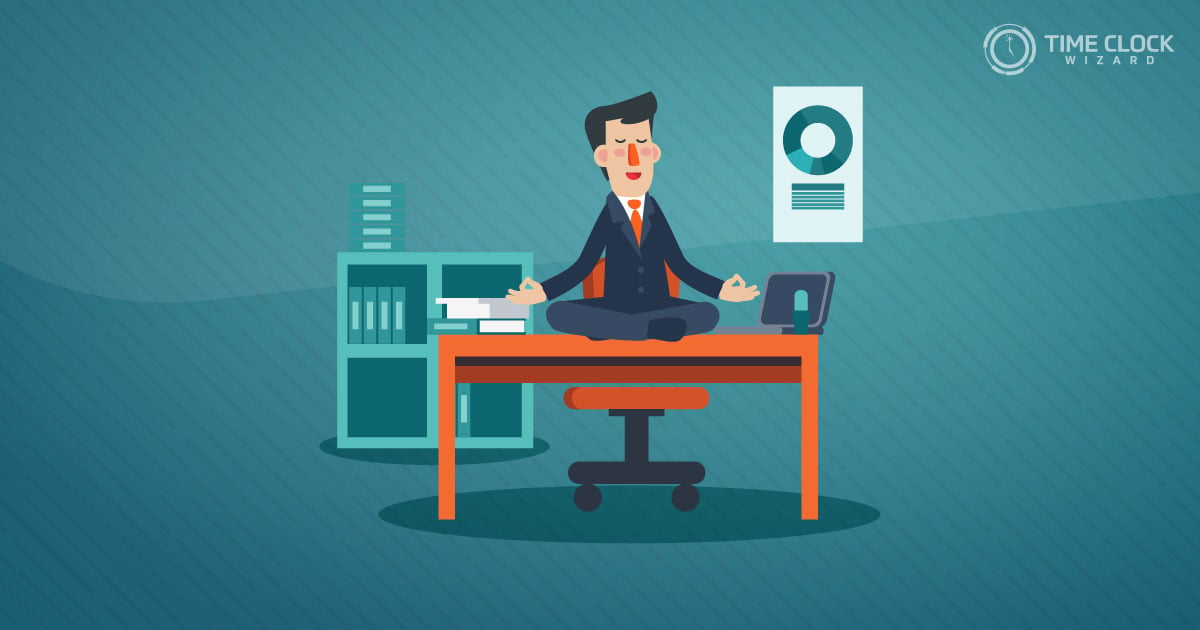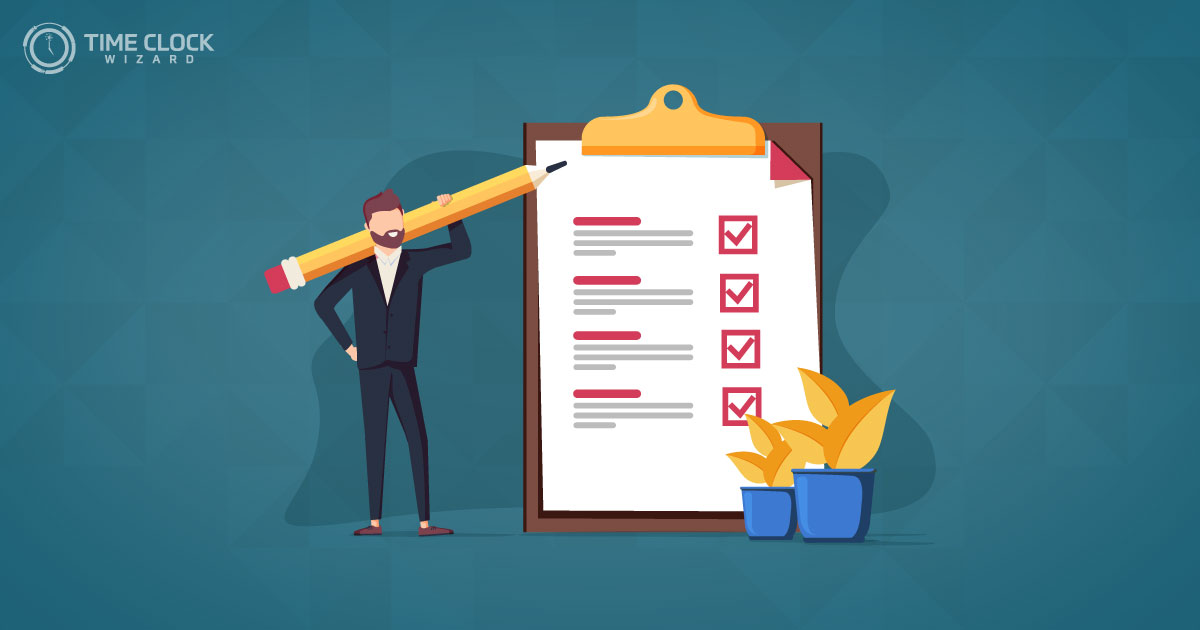
Addressing employee behavior or performance issues is a crucial aspect of management. When considering employee disciplinary action, it’s essential to know what your options are. How do you choose the right approach to ensure fairness while maintaining workplace order?
Navigating the waters of employee disciplinary action can be tricky. To maintain a positive work environment and uphold your company’s standards, you need a clear and effective strategy. Whether you’re dealing with minor infractions or major misconduct, understanding the different routes you can take makes all the difference. Let’s explore the options together!
Understanding Employee Disciplinary Action: An Overview
Understanding employee disciplinary action is crucial for maintaining order and efficiency within any organization. But what exactly is employee disciplinary action, and why is it so important?
Employee disciplinary action refers to the process and measures taken by employers or HR personnel to address and correct inappropriate behavior or performance issues with employees. This action plan can vary from verbal warnings to more severe consequences like suspension or termination, depending on the severity of the misconduct. Why is it crucial? Well, it helps in setting clear expectations and maintaining a positive work environment. Have you ever wondered how a well-defined disciplinary action could impact overall productivity?
- Maintaining a fair and impartial procedure
- Clearly defining unacceptable behaviors and consequences
- Fostering a culture of accountability and improving team dynamics
Moreover, a structured disciplinary approach ensures everyone in the team understands the consequences of their actions, thereby promoting a sense of fairness and justice within the workplace. Remember, the goal is not only about penalizing but also about guiding employees towards better performance and behavior.
Navigating the terrain of employee discipline can be tricky, but getting it right is essential for any thriving business. Don’t you think so?

Key Reasons for Implementing Employee Discipline
Why is it essential to enforce employee discipline within your workplace? Employee discipline is not just about correcting misconduct; it’s a crucial strategy that contributes significantly to the overall health of an organization. Let’s dive into some core reasons why implementing discipline is vital.
Firstly, maintaining a disciplined environment helps to uphold the integrity and standards of the workplace. Have you ever considered how employee behaviors affect your company’s reputation? Consistent enforcement of Employee Disciplinary Action policies ensures that all employees adhere to the established protocols, which in turn safeguards your business’s public image.
- Promotes a safe and respectful work environment: Discipline helps to deter behaviors that can lead to harassment or safety risks.
- Improves overall productivity: By addressing undesirable behaviors promptly, companies can minimize disruptions and maintain operational efficiency.
- Ensures legal compliance: Enforcing rules about attendance, behaviors, and company procedures helps mitigate legal risks associated with labor and employment laws.
At the end of the day, don’t you want your workplace to be a place where all employees can thrive? Implementing a clear disciplinary policy is one way to ensure that minor issues don’t escalate into major setbacks. Does your company have a robust discipline plan in place?
Step-by-Step Process of Employee Disciplinary Action
Navigating the waters of Employee Disciplinary Action can seem daunting, but with a clear step-by-step process, it becomes much more manageable. So, how do you ensure this necessary business function is executed fairly and effectively?
Step 1: Identify the Issue
The first step in any disciplinary process is identifying the behavior or performance issue that is not meeting company standards. It’s crucial to be as specific and factual as possible.
Step 2: Gather Concrete Evidence
Once the issue is identified, gather all necessary evidence to support the claim. This could include emails, performance reports, or witness statements. Documentation is key to maintain fairness and transparency.
Step 3: Conduct a Formal Meeting
Arrange a meeting with the employee to discuss the issue. Provide them with all the evidence you’ve gathered and allow them to tell their side of the story. It is essential to keep this meeting professional and respectful.
Step 4: Implement Disciplinary Actions
Depending on the outcome of the investigation and the meeting, it might be necessary to implement disciplinary actions. These can range from written warnings to suspension, or, in severe cases, termination.
Step 5: Follow-Up
After the disciplinary action, it’s crucial to follow up with the employee to monitor improvements and provide feedback. This step reaffirms your commitment to helping them succeed within the company.
Remember, the goal of Employee Disciplinary Action is not just to penalize but to correct behavior and improve performance. Are you ready to handle this delicate aspect of human resource management effectively?
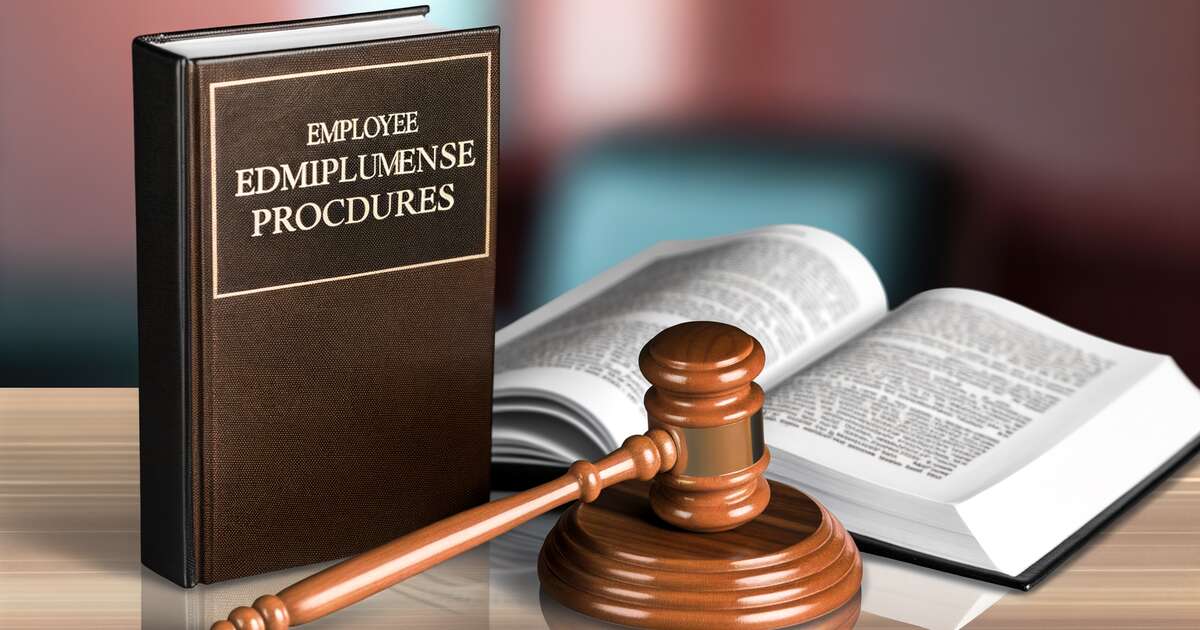
Legal Considerations in Employee Discipline Procedures
When implementing employee disciplinary action, it’s crucial to navigate the myriad of legal considerations to ensure fairness and compliance. Why is this important? Because failing to adhere to legal standards can lead to serious consequences, including lawsuits or a damaged reputation.
First, always ensure that your approach to discipline aligns with both local and federal laws. This includes understanding the nuances of employment laws that protect employees against unfair treatment. For instance, it’s essential to recognize the difference between ‘at-will’ employment and contractual obligations where applicable.
Also, consider the necessity of documented evidence when taking disciplinary action. Have you ensured that all instances requiring disciplinary actions are backed by clear, solid documentation? This is not just a best practice but a legal safeguard that can help defend your decisions should there be a dispute.
Lastly, transparency and communication during the disciplinary process can not only help in maintaining trust but also protect your organization legally. Keeping a clear channel of communication open with the involved employee and providing them with an opportunity to respond or appeal decisions is crucial. Such steps ensure the process is perceived as fair and just, reducing the likelihood of legal complications related to Employee Disciplinary Action.
Alternatives to Traditional Disciplinary Actions
When considering employee disciplinary action, it’s important not just to think about enforcing rules but also about fostering a positive working environment. Are there alternative approaches that might be more effective than traditional methods? Let’s explore some innovative alternatives to traditional disciplinary actions that emphasize development and engagement rather than punishment.
Mediation and Conflict Resolution
Instead of immediately turning to formal warnings or suspensions, mediation can be a highly effective technique. This approach involves a neutral third party helping the involved employees to reach a mutually acceptable resolution. It not only addresses the immediate issue but also teaches valuable communication skills that can prevent future conflicts.
Performance Coaching
Performance coaching is another excellent alternative that focuses on guiding employees to better performance through constructive feedback and personalized development plans. Instead of penalizing them for poor performance, why not help them improve with clear, achievable goals? This not only boosts performance but also increases employee morale and loyalty.
Positive Reinforcement Techniques
Employing positive reinforcement can be more motivating than traditional punitive measures. Recognizing and rewarding good behavior and performance encourages more of the same, reinforcing the positive actions instead of focusing on the negatives. What’s better than building a culture of positivity and recognition in the workplace?
Common Questions
What are the four stages of disciplinary action?
The four stages of disciplinary action typically include verbal warning, written warning, suspension, and termination. Initially, a verbal warning is given to inform the employee of the misconduct and encourage improvement. If the behavior does not improve, a written warning is issued, which formally documents the issues and the need for corrective action. Suspension may follow if the problems persist, serving as a final opportunity for the employee to amend their behavior. Ultimately, if no improvement is seen, termination of employment may be necessary as a last resort.
What are the 4 disciplinary actions?
The four common disciplinary actions encompass verbal warnings, written warnings, suspensions, and terminations. A verbal warning is typically the first step, providing the employee with feedback about what behavior needs to change. A written warning is more serious, documenting the behavior or performance issues and what the employee must do to correct them. A suspension usually occurs for more severe or repeated offenses and involves the employee being temporarily removed from the workplace. Finally, termination is considered when other disciplinary actions have failed to correct the problem, resulting in the employee being permanently discharged from the organization.
What is unfair disciplinary action?
Unfair disciplinary action occurs when the penalties imposed are not proportionate to the employee’s misconduct, or when the process is not conducted according to established rules and principles of fairness. This can include lack of evidence, failure to follow company policy, discrimination, or inconsistency in applying discipline compared to other similar cases. Unfair actions can lead to grievances, legal challenges, and damage to employee morale. It’s important for employers to ensure that any disciplinary process is transparent, consistent, and justifiable to avoid perceptions and instances of unfair treatment.
Best Practices for Effective Employee Discipline
Implementing effective employee discipline is crucial for maintaining a productive and harmonious workplace. But what makes discipline effective? It’s not just about laying down the law but ensuring that the approach is fair, consistent, and clearly communicated. Have you ever wondered how you can achieve this without creating a culture of fear?
Clarity and Consistency
Firstly, clarity in policies related to employee disciplinary action is foundational. Employees should have no doubts about what is expected of them and the consequences of failing to meet these expectations. Equally important is consistency. Why is this crucial? When discipline is applied consistently, it reinforces a sense of fairness and discourages any feelings of bias or unjust treatment among employees.
Timely and Proportional Responses
Discipline should be timely, addressing issues as they arise. Delays can lead to the escalation of problems and can send a message that such behaviors are tolerated. Proportionality is another key aspect. The disciplinary action should match the severity of the infraction, ensuring it’s neither overly harsh nor too lenient. Are your disciplinary measures measured and balanced to foster respect and understanding?
Documentation and Transparency
Keeping a detailed record of all disciplinary actions is essential. It not only helps in tracking patterns of behaviors but also protects the organization during legal challenges. Transparency with the employee about what they did wrong and how they can improve is crucial as it promotes a learning approach rather than a punitive one.
Final Thoughts: Exploring Employee Disciplinary Action: What Are Your Options?
As we wrap up our journey through the nuances of Employee Disciplinary Action, it’s clear that understanding your options is crucial for maintaining a healthy and productive work environment. Are you feeling more equipped to handle challenging situations with confidence and legal acumen? Remember, effective employee discipline is about fostering a culture of fairness and respect, not just enforcing rules.

